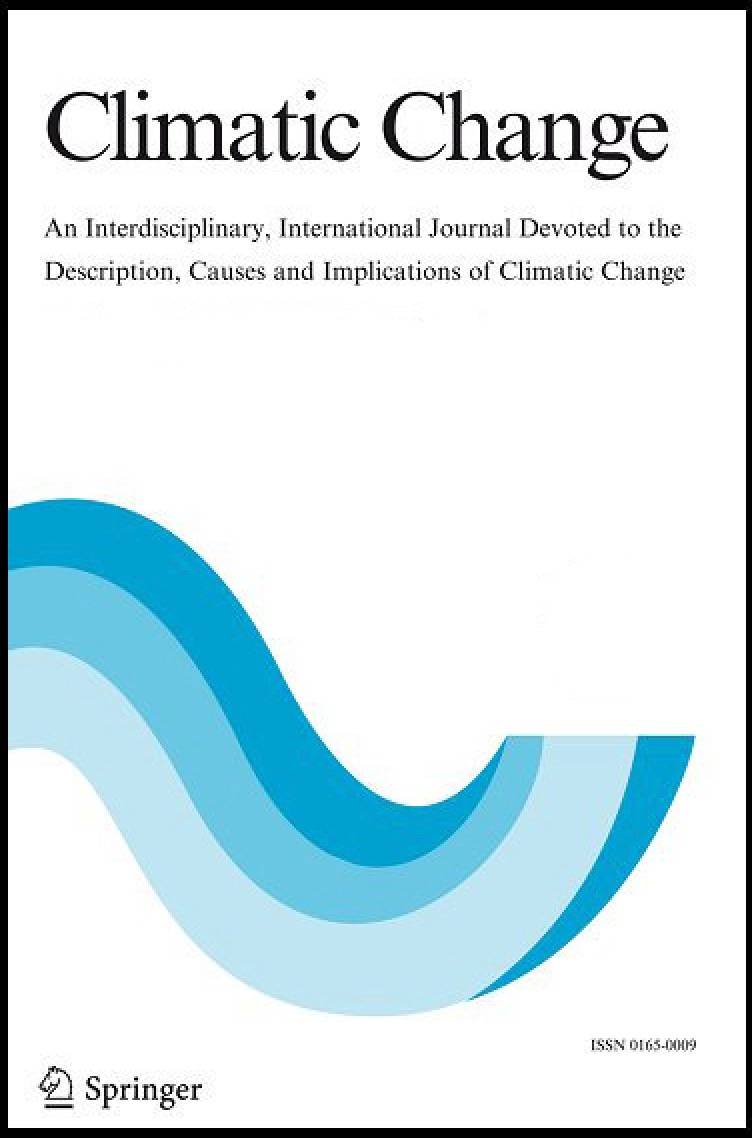Energy system transformation to meet NDC, 2°C, and well below 2°C targets for India

India’s commitment to Paris Climate Change Agreement through its Nationally Determined Contribution (NDC) will require the energy system to gradually move away from fossil fuels. The current energy system is witnessing a transformation to achieve these through renewable energy targets and enhanced energy efficiency (EE) actions in all sectors. More stringent global GHG mitigation targets of 2 °C and well below 2 °C regimes would impose further challenges and uncertainties for the Indian energy systems. This paper provides a quantitative assessment using bottom-up optimization model (AIM/Enduse) to assess these until 2050 for meeting carbon mitigation commitments while achieving the national sustainable development goals. Energy transformation trajectories under five scenarios synchronized with climate mitigation regimes are explored—Business As Usual scenario (BAU), NDC scenario, 2 °C scenarios (early and late actions), and well below 2 °C scenario. The key results from the study include (a) coal-based power plants older than 30 years under NDC and older than 20 years for deeper CO2 mitigation will be stranded before their lifetime, (b) increase in renewables of up to 225– 280 GW by 2050 will require battery storage with improved integrated smart grid infrastructure, (c) growth in nuclear to 27–32 GW by 2050 is dependent on nuclear supply availability, (d) gradual shift towards electrification in industry, building, and transport sectors, and (e) installation of CCS technologies in power and industry sectors. Cumulative investments of up to 6–8 trillion USD (approximately) will be required during 2015–2030 to implement the actions required to transform the current energy systems in India.